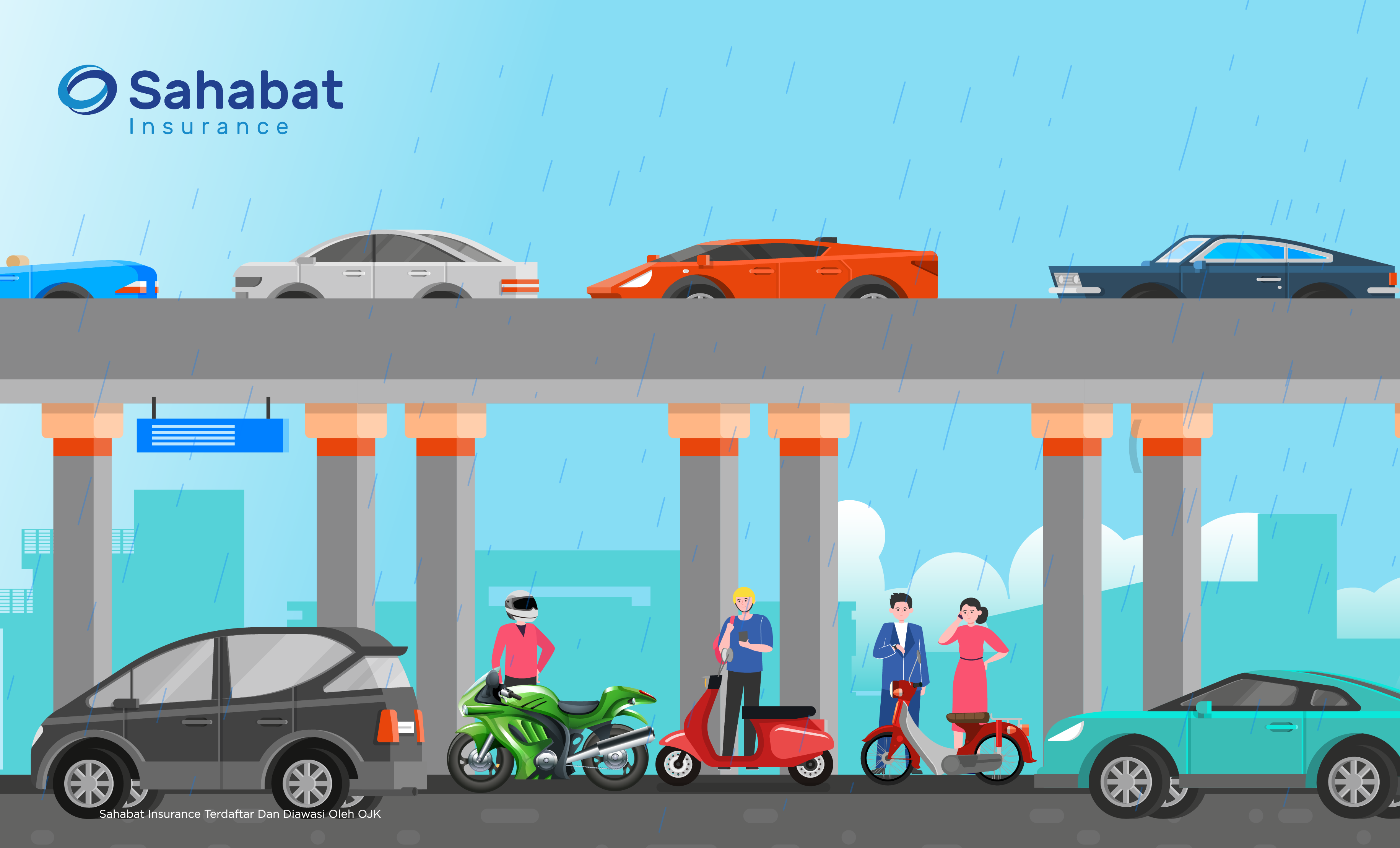These are the fines and dangers of taking shelter under a JPO or Flyover
Terakhir Diubah : 04:13:58 - Tuesday, 16 November 2021

During the rainy season, motorcyclists usually take advantage of the JPO (Jembatan Penyeberangan Orang), underpasses, or flyovers for shelter. Unfortunately, this turned out to be a violation of traffic laws and regulations.Stopping on the shoulder of the road like that is not only a danger to yourself but also other motorists. The movement and speed of the vehicle will also be hampered.The prohibition on stopping carelessly is stated in Law No. 22 of 2009 concerning Road Traffic and Transportation (LLAJ). Precisely in article 106 paragraph 4 which reads that everyone who drives a motorized vehicle on the road must comply with the following provisions:
Command Signs or Prohibition Signs
Road markings
Traffic Signaling Tool
Traffic Movement
Stop and Park
Warning
As for the criminal provisions related to road marking violations, it is stated in Article 287 paragraph 3. It reads, every person who drives a motorized vehicle on a road that violates the rules of traffic movement, shall be punished with imprisonment for a maximum of 1 (one) month or a fine of a maximum of Rp. 250,000.

 Indonesia
Indonesia
